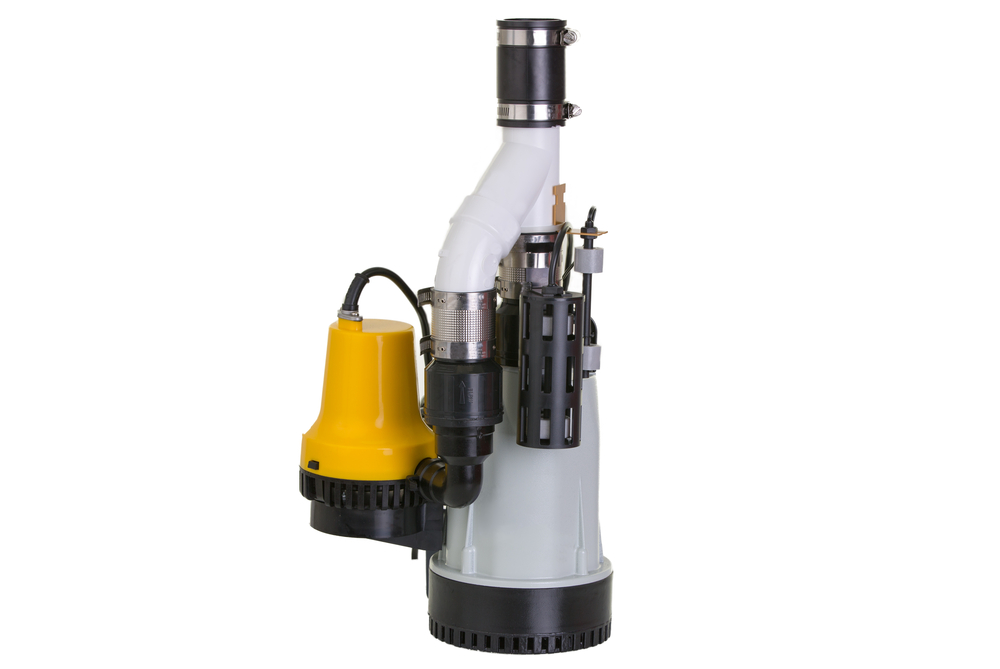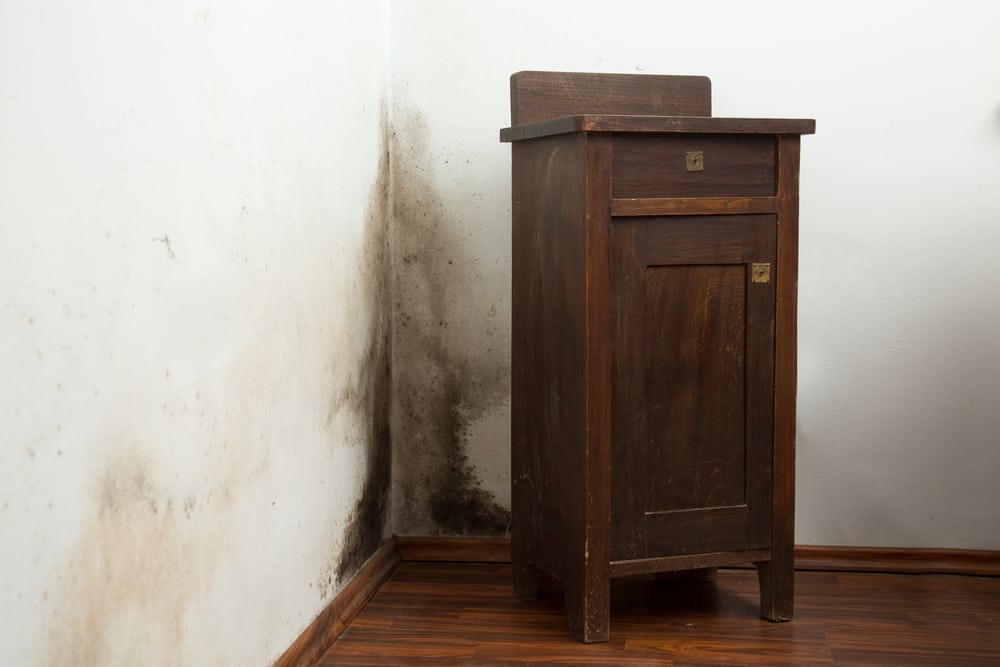A sump pump can be the difference between a costly flooding incident and a dry basement. In this article, you will learn about the most common sump pump maintenance mistakes to avoid.
The are two types of sump pumps, “submersible” pumps are installed under the floor in your basements, while the “pedestal” pump sits above your sump basin.
Sump pumps are used to “pump” groundwater away from your home and will evacuate large quantities of standing water, such as flooding after a heavy rain, to other areas, such as storm drains.
It is important to keep your sump pump in good shape, so it can keep your basement dry all year long. To learn more about sump pump maintenance, check out these common sump pump mistakes to avoid.
Common Mistakes for Sump Pump Maintenance
Avoiding common mistakes in sump pump maintenance is crucial to ensure the reliable operation of your pump when it’s needed the most. Here are some sump pump maintenance mistakes to avoid and have proper maintenance:
DIY Installation
If you’ve never installed a sump pump, don’t risk doing it yourself. You might end up paying a lot more for damages than for the cost of proper installation. Hire a plumbing professional to avoid the risks of faulty installation.
No Backup Power
During a powerful storm, your home can lose power supply, causing your sump pump to shut down. Should you experience flooding in your basement, a sump pump would redirect any incoming excess water. Keep your sump pump working during a power outage by connecting it to a backup power source, such as a generator or battery backup system.
Ignoring Power Source Issues
Disregarding issues with the power source, such as a malfunctioning electrical outlet or a depleted backup battery, can leave your sump pump powerless during a storm or power outage. Verify that the pump is connected to a reliable power source and test the backup battery regularly.
Not Testing Your Sump Pump
Test your sump pump system twice a year – before spring and fall – to make sure that it’s in good working condition. To test the system, slowly pour water into the sump pit until it activates the pump switch. If it empties slower than normal, check the discharge pipe or the pump itself for clogs and other issues.
Ignoring the Discharge Pipe
Check that the drainage pipes are tightly connected and are directed away from your home’s foundation. Also, inspect the pipe for damage and clogs. Seek help at once if you find clogs or damage. Anything that impedes the flow could result in basement flooding due to slow drainage or no drainage at all.
Letting Debris Get in the Pump
Ensure your sump pump doesn’t sit on debris such as silt or gravel, which could be sucked up into the pump, ruining the motor. Instead, place it on steady, flat bricks. Also, ensure the sump basin has a filter fabric around it to stop debris from coming in. If there isn’t enough room or if there is some type of obstruction in the way, the float may cause the pump to work improperly, which can burn up your motor.
Ignoring the Float Switch
This part tells the sump pump motor to stop once the water level goes below the float. Your sump pump needs ample space around the float to both float and sink freely.
Unplugging the Pump
This can cause flooding if someone unplugs the sump pump and forgets to plug it back in. To prevent this, never unplug the pump or make sure you plug it back in if you do.
Covering the Sump Pump
Knowing where your sump pump is found is important, but if you forget, you might end up piling stuff on top of it. That can result in damaging the sump pump and limiting accessibility. When storing items in your basement, always locate your sump pump first to avoid this problem.
Neglecting Regular Inspections
Neglecting to inspect your sump pump regularly can lead to unnoticed issues such as debris buildup or mechanical failures. Make it a habit to inspect your sump pump at least once every few months to catch any problems early.
Not Testing the Check Valve
Overlooking the check valve can result in water flowing back into the sump pit after the pump shuts off, leading to unnecessary cycling and wear on the pump. Test the check valve regularly to ensure it opens and closes properly.
Skipping Lubrication
Failing to lubricate the pump’s moving parts according to the manufacturer’s recommendations can lead to increased friction and premature wear. Proper lubrication helps maintain the pump’s efficiency and prolong its lifespan.
PuroClean can provide you with professional water damage repairs.
Routine sump pump maintenance goes a long way in guarding against basement flooding. Schedule a thorough inspection with a septic tank regular maintenance professional or plumber twice a year. For professional water damage repair or mold removal, contact your local PuroClean office. Follow our latest blogs for more sump pump maintenance tips and more.




